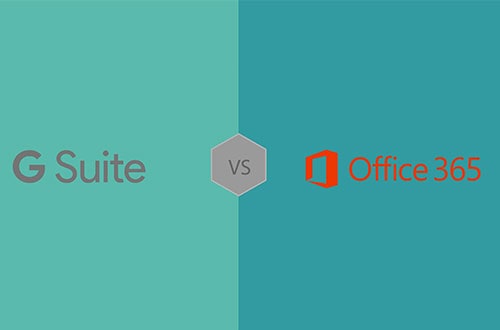Cloud
Learn how to manage cloud migration for a small business to set yours up for long-term success.
The benefits of cloud computing—lower costs, greater flexibility and easy scalability—are common knowledge. But before you dive in, here are a few important questions to ask before making the transition to cloud.
The way organizations conduct business is ever changing thanks to the rise of mobile technology and cloud computing. Where work was typically conducted within the office, it now increasingly takes place in homes, hotels, airports and while sipping a non-fat latte with no foam and an extra shot of espresso. No doubt, mobility offers great advantages, but it’s even more critical to make sure employees stay connected and on the same page.
Cloud computing has certainly grown in recent years, but it still hasn’t reached its full potential. Some of that is based on a lack of innovation and external capabilities, but much is rooted in common misconceptions about what the cloud is and what it can do. Let’s clear the air and decipher what’s really in the cloud and what isn’t.
Do you find yourself with a lack of time and resources on your company’s IT front? Is your staff’s training and industry knowledge becoming outdated and irrelevant? Rather than invest a large amount of time, money and energy into revamping your current technology, it may be time to invest in server virtualization for the future of your company.
Small and mid-sized businesses sometimes lack the resources and capabilities of larger corporations. Thankfully, new technologies are leveling the playing field. In particular, cloud hosted PBX solutions have given smaller businesses the ability to access sophisticated telephone systems that were once reserved solely for large budgets and giant corporations.
Read more
Whether it’s the recent celebrity hacks or large data breaches at Target, Home Depot and Jimmy John’s, one thing is clear: it’s important to guard cloud data. Data storage is becoming increasingly complex and virtual, but so are hackers. Truly keeping your data safe requires adherence to responsible practices and safety procedures.













